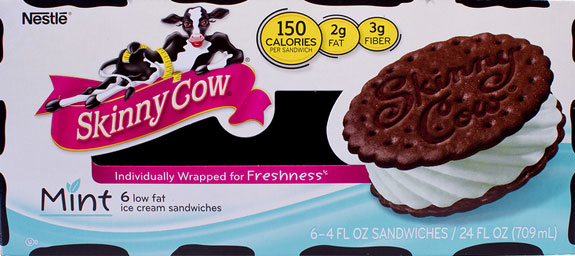 Recently my organization underwent a grueling boot camp style, dramatic and innovative healthcare system process redesign. It was a rip the band-aid off fast approach, and two weeks of asking people to quickly change many of the ingrained daily processes they had known for many years. Set-up for organizational failure?
Recently my organization underwent a grueling boot camp style, dramatic and innovative healthcare system process redesign. It was a rip the band-aid off fast approach, and two weeks of asking people to quickly change many of the ingrained daily processes they had known for many years. Set-up for organizational failure?
Nope. I was impressed by the speed at which we were able to accomplish much, while never losing a soul. One of the reasons it worked out so well was due to our Sherpa’s. In the Tibetan region of the Himalayas, Sherpa’s are guides that are highly regarded as elite mountaineers and experts in their local terrain. Our assigned “Sherpa’s” commanded leadership to get out of the way, sought positive opportunities for change at the front lines, and guided staff in doing what they needed to do. As leaders our sole role was to get behind them, coach them, and support them. It worked well.
Skinny Cow Leadership
At the end of two weeks I joyfully arrived at the office with celebratory boxes of Skinny Cow Ice Cream sandwiches at 2:30 on a Friday afternoon. I had purchased all the flavors I could find, Mint and Chip, Cookies and Crème, Vanilla, and Chocolate. It seemed like such a small thing to do, cost all of $15, yet the experience made me appreciate something far greater. As I journeyed to each work station and watched the faces light up, offering the yummy ice cream sandwiches, I was reminded of how important it is as leaders we first serve others. As I traveled to a next department, I heard a female voice yelling from down the hall, “Susan, wait, I was told I should find you.” Honestly I felt a bit like the Pied Piper. It made me wonder, what if we could lead in a manner that compelled people to follow us with the same enthusiasm, even in the absence of ice cream. Servant leaders do, through three simple behaviors that contribute the cultivation of a culture that responds in just that way.
Servant Leadership
First and foremost, if we as leaders expect to have followers, we must first serve others. The greatest contribution a servant leader can offer their team will not be in what we do, but in what we offer to do for others. The way you can do this and achieve great results begins with asking others “What is the one thing I could take off your plate today that would make your day better?” If you’ve never done this they will look at you in disbelief. “Yes, really. What can I take off of your plate?” Each time I have asked that question I have been handed a task, and most often it is something so very basic. It can be as simple as communicating a message to another department that they do not feel comfortable in delivering themselves, or the addition of a shred basket at their work station; little things go a long way.
Effective Leadership
Secondly, effective servant leaders close the gap. Once you’ve accepted the task of taking something off someone’s plate, remember to circle back around and close the gap; were you effective in your actions. Check back in with followers and ask how it’s going. Did your actions actually serve to make their day better? If you were effective in your efforts it will reinforce to your followers that you are there to support them, you are on their side. In practicing the “close the gap” you will strengthen your ability to effectively listen to, and serve others. You won’t know if you were effective if you don’t ask. Effective servant leaders are good listeners and ask good questions.
Ask to Serve
Lastly, effective servant leaders recognize that most of us are not very good at asking for and accepting assistance. We humans, for whatever reason tend to feel less worthy of accepting help. I was recently reminded of this during a trip to the grocery store. At the checkout, instead of the obligatory “Do you need any help to your car?” (to which I always decline since I truly do not NEED any help), the freckly faced bag girl grabbed my three bags and with a big smile said “Which way to your car?” A sudden feeling of being served and cared for hit me. As we walked to the car I had the pleasurable experience of connecting with her on a very basic level, a human experience I would not have otherwise had. The benefits of doing this for our followers, of giving one the feeling of being served and cared for is something we could all use little more of.
The top three servant leader messages:
- Your greatest work will not be in what you told others to do, it will be recognized by your service to others.
- To do great work you must know what it is that others value, start by asking questions. Stop telling and start asking, then stop asking and start doing.
- There are no leaders without followers If we expect to effectively lead we must sometimes get out of the way of our people and get behind them. Effective servant leaders don’t stand in front of our people, we get behind them.
How do you go about serving those you lead. Please share your thoughts in the comments section.


